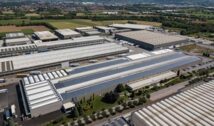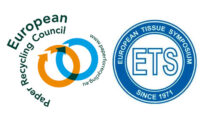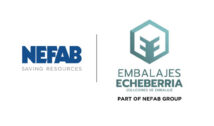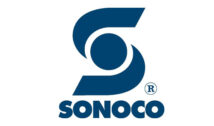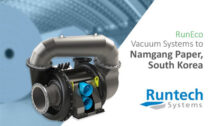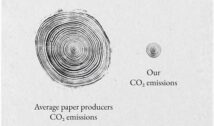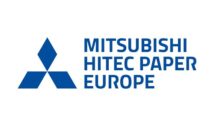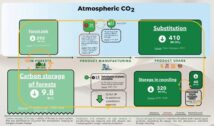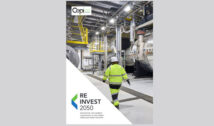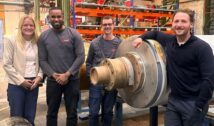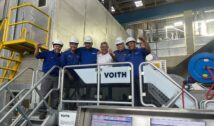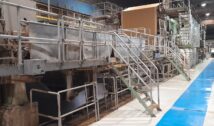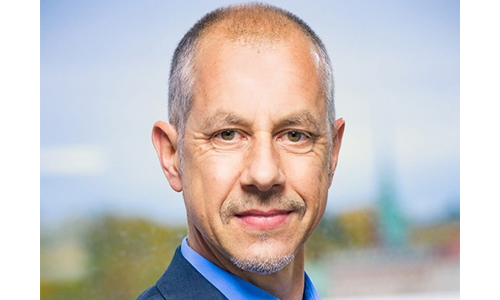
Klaus, which factors generate the largest environmental impact in paper production and post-processing? How have you addressed these issues?
For one, the paper industry is very energy intensive. We’re engaged in expert groups sharing best practices on energy efficiency and promoting efficiency at our mills. We actively seek ways to optimize fuel use and increase the proportion of biomass in our energy production.
Another concern is the large volumes of water used by paper mills. Only around 4% of total water usage is consumed in our production processes while almost 96% is recycled and returned to the local environment. Process water is purified by our treatment plants and then discharged, whereas cooling and other non-process water can safely be released without treatment.
What recent steps has Stora Enso taken to reduce the environmental footprint of its paper production?
The Paper division follows Stora Enso’s Sustainability Agenda and the requirements from international standards such as ISO 14001 on environmental management and ISO 50001 on energy management. As a result, our mills are committed to continuously improving their environmental performance, thus reducing their climate impact.
For example, the company reported last year that its share of self-generated energy for operations rose to 63%, the majority of which (81%) came from biomass materials containing no fossil component. Moreover, the company is continually investing in clean energy alternatives.
Many Stora Enso paper brands hold ecolabel certifications. What does this mean?
An ecolabel is a commitment, an affirmation of environmental excellence that is inherent in our products. All ecolabels require strict compliance along the entire product lifecycle encompassing the use of sustainably sourced or recycled fiber, low energy use, air and water emissions, restrictions on hazardous substances, proper handling of waste, and the product’s fitness for use.
We are particularly proud to say that more than 90% of our paper brands are covered by one or more of these ecolabels, offering our customers a reliable guide of easily identifying products with superior environmental performance. We are one of only a few companies that can claim this level of ecolabel performance.
What are the biggest environmental challenges Stora Enso faces moving forward?
Obviously, one of the biggest challenges currently facing all of us is global warming. Reducing carbon emissions has been at the top of our list of environmental efforts for more than a decade.
Since 2006, CO2 emissions from the production of paper, pulp and packaging products have steadily decreased from 494 kilograms per ton of product produced to 324 kilograms per ton in 2018, a near one-third reduction. The effort has been accompanied by a combination of process innovation, substitution of raw materials, switching from fossil-based energy to biomass, and better value chain management with each progressive year.
And after all, though efforts continue apace by Stora Enso to reduce its fossil carbon footprint ultimately to zero, an important fact is that products sourced from sustainably managed forests absorb and store a tremendous amount of CO2 – making paper an inherently climate friendly product.



